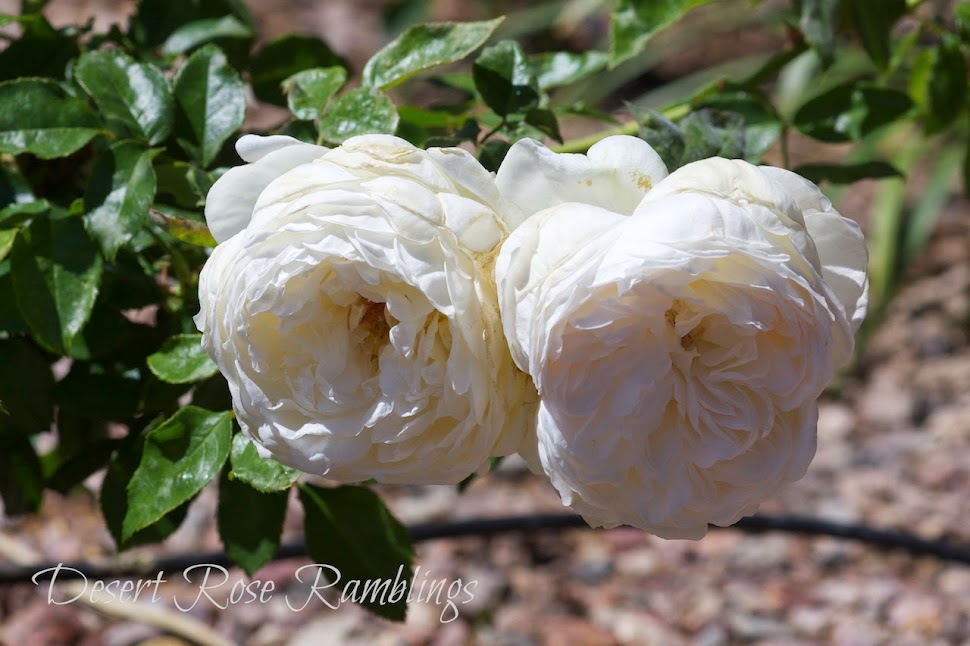 |
| Twilight Zone Grandiflora Rose |
1st:The soil environment for the rose should be as close to ideal as you can manage. I begin by sending my dirt for a professional soil(s) test. My last test was sent to Dr. Good Earth. When I submitted my soil, I was able to specify what I hoped to grow. The professional soil testing results included information regarding the soil composition found in various areas of my yard, and what would be required to amend the soil to create the most ideal situation for what I wished to grow. Most roses prefer a pH in the range of 6.5 - 7. Our desert soils and the water many desert gardeners use for irrigation tends to be alkaline . The professional soil test results also includes recommendations relative to adjusting the pH. Amending your soil to create the best environment for roses to grow is essential.
Tip: A great time to send soil out for professional testing is late Fall.
2nd: The heat and sun conditions must be taken into consideration when making rose selections and placement. MOST roses in the hot desert perform better with morning sun and shade during the hottest part of the day. Many rose suppliers have lists of the roses they stock that tend to be more "heat tolerant", and there are websites that supply information regarding thousands of roses categorized according to many characteristics; including heat tolerance. It is advisable to steer clear of roses that are inherently NOT suitable for desert climates or soil if you want a higher probability of success growing roses.
3rd: If it is possible, amend the entire area or planting bed. If this is not possible, dig a hole for the rose that is at least 18 x18 x18, removing the soil found at the bottom of the hole, and adding organics per your professional soil test results. At the very least, the soil returned to the planting hole should have 1/4 composted mixed in.
4th: Plant roses at the right time to give them the best start possible. Bare root roses should be planted beginning approximately six weeks after the first frost, until about President's Day for zone 9a. For zones 8 gardeners, you should be able to plant your bare-root roses until March 15th or a little later. It is most ideal to plant own-root and potted roses in early Fall.
5th: Water, water, water.... efficiently. Drip lines with emitters is a very efficient way to deliver water deeply around the root zone. Moisture meters can also help to check for deep watering. Check your soil regularly to ensure that you do not over or under-water.
6th: Mulch around your roses. Be sure to avoid placing mulch on rose stems. The mulch helps to condition your soil as it de-composes, it lowers the soil temperature and can help to reduce water requirements.
Roses that are provided with the best start and care will be in a better position to handle the environmental stress, insect and disease pressures. Roses are a lot tougher and more resilient than what they have a reputation for being.
Bolero
 |
| Bolero - 2004 |

























